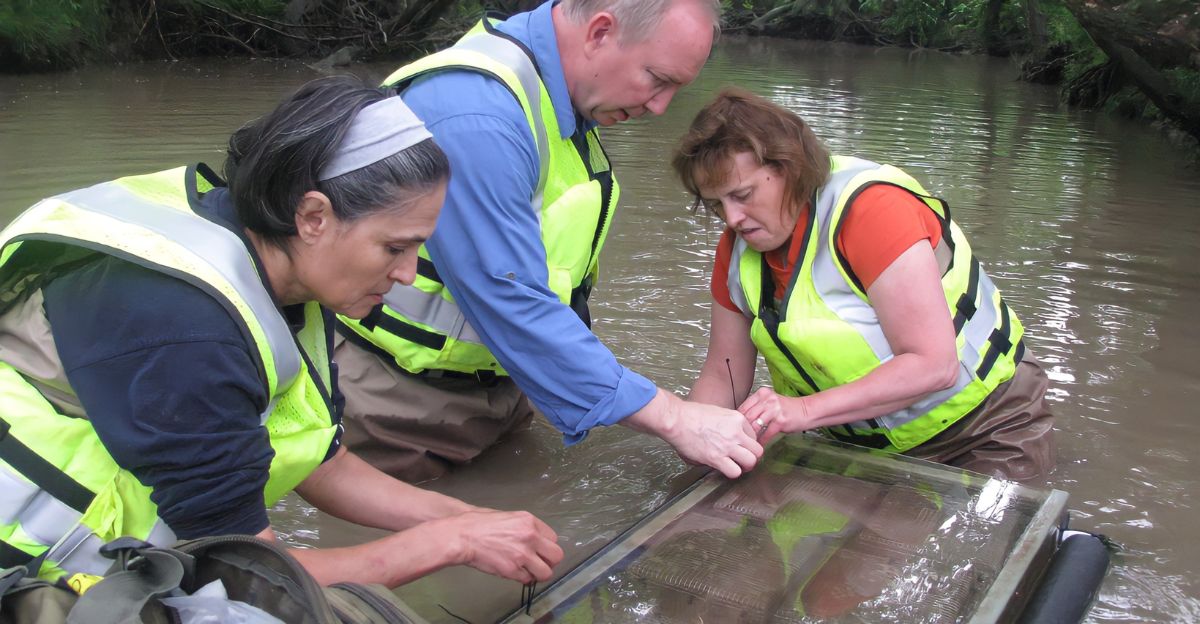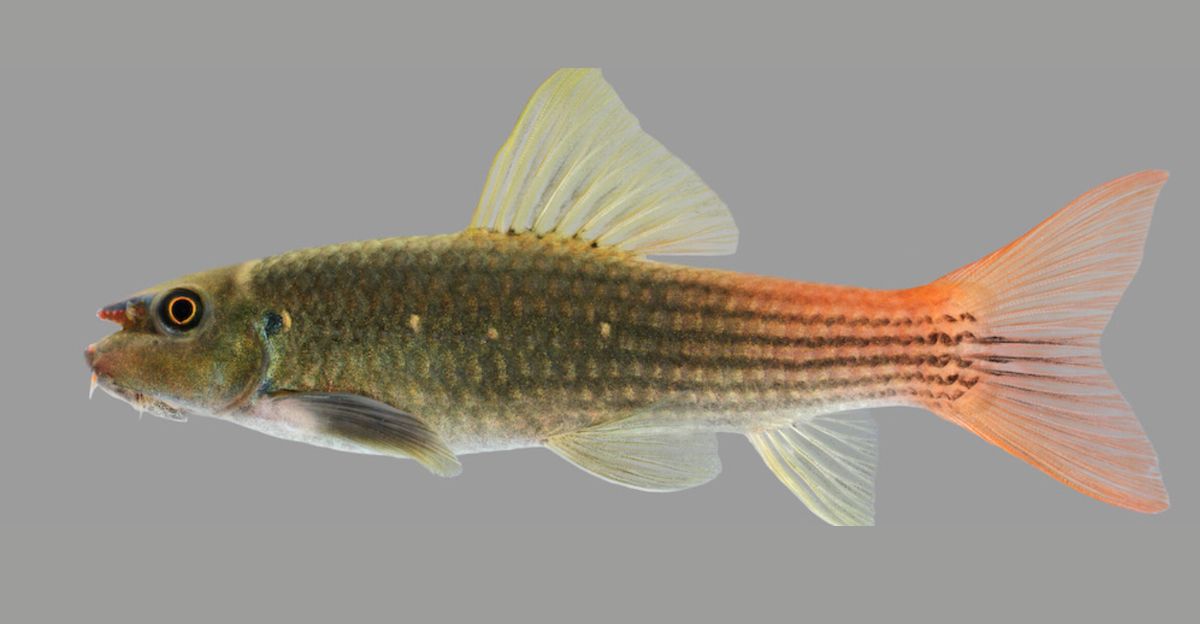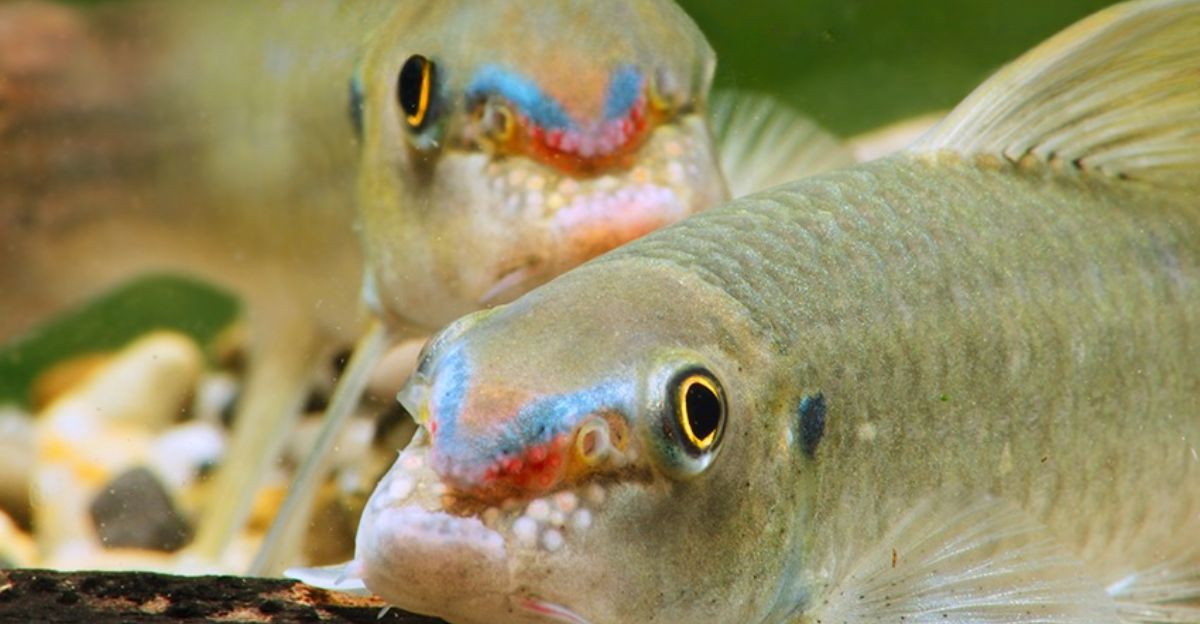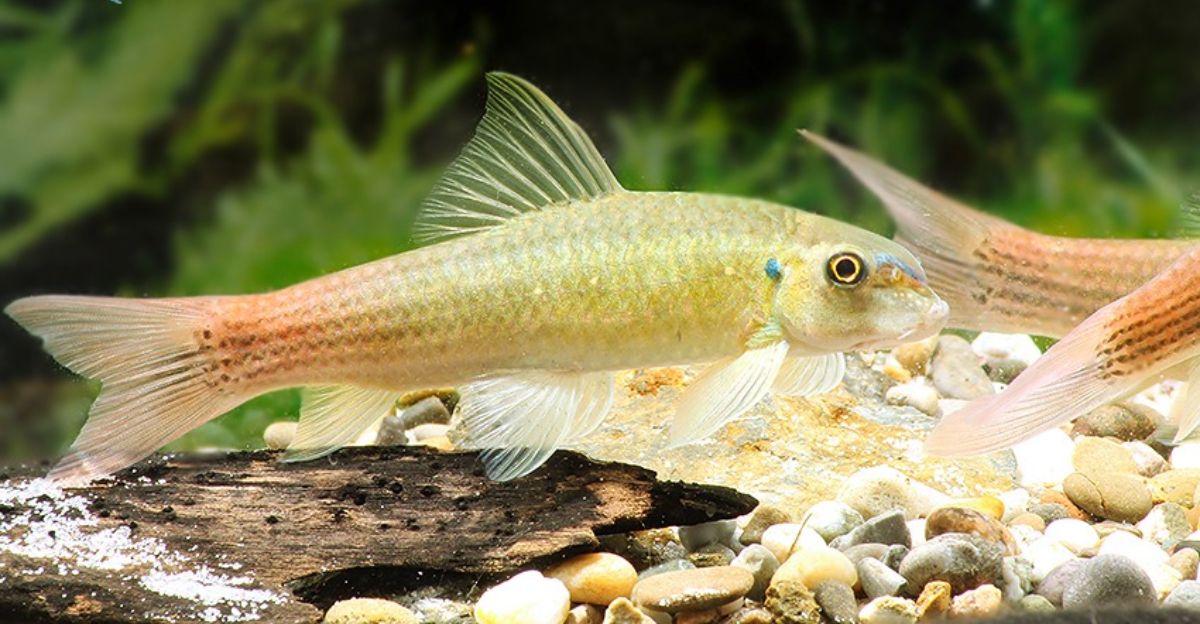
Scientists have uncovered a rare new fish species distinguished by its unique combative behavior, a remarkable addition to marine biodiversity. This discovery sheds light on the hidden complexities of aquatic life and emphasizes the importance of exploring understudied habitats.
Such findings expand scientific knowledge, revealing evolutionary adaptations that enable survival through physical or behavioral defense mechanisms. The new species exemplifies how ongoing marine exploration continues to demonstrate extraordinary life forms, underscoring the urgency of conserving fragile ecosystems and enriching our understanding of oceanic biodiversity.
Discovery Context

The new fish species was discovered in a remote, difficult-to-access river basin along the Thailand-Myanmar border, an area known for its rich but understudied aquatic biodiversity. This region’s isolation has preserved unique species often overlooked by science.
Globally, intensified marine and freshwater explorations have recently led to the identification of hundreds of new species, including deep-sea and freshwater environments. These efforts highlight the vast unknown diversity in aquatic habitats, many of which remain vulnerable to environmental threats.
Species Description

This newly described fish, the redtail garra (Garra panitvongi), is notable for its distinctive elongated snout covered with hardened, modified scales called tubercles. These tubercles are permanent and appear to function as weapons during aggressive encounters.
The fish’s tail is vividly marked with bright red and orange hues, resembling a signal fire, unique among its genus. It is relatively small but robust, adapted to cling to rocks in fast-moving waters using a specialized adhesive pad formed from its lower lip.
Behavioral Insights

The redtail garra exhibits combative behavior uncommon among fish, using its tubercle-encrusted snout to intimidate or physically engage rivals. Unlike other species where such structures are temporary and linked to breeding, these tubercles are permanent, suggesting a constant readiness for defense or territorial disputes.
This fighting mechanism is a rare evolutionary adaptation, setting it apart from typical marine defensive strategies such as camouflage or chemical deterrents.
Scientific Methods Used

Researchers identified and studied the redtail Garra by combining field specimen collection, underwater observation, and genomic sequencing. DNA barcoding helped differentiate it genetically from closely related species, while morphological analysis confirmed its unique physical traits.
Advanced imaging and taxonomic methods played a crucial role in describing the species scientifically, illustrating how modern technology accelerates biodiversity discovery and classification.
Ecological Role and Habitat

The redtail garra inhabits fast-flowing streams with rocky substrates in a limited geographic range. It plays a vital ecological role by grazing on algae and detritus, contributing to the health and balance of its freshwater ecosystem.
Understanding its niche helps inform conservation strategies, as such species often indicate environmental quality and ecosystem stability in their habitats.
Conservation Status and Threats

Although newly described, the redtail garra’s restricted habitat and rarity raise conservation concerns. Its riverine environment faces threats from habitat destruction, pollution, and hydrological changes due to human activities.
Similar newly discovered fish species have already been identified as imperiled, underscoring the urgency for habitat protection and monitoring to prevent potential extinction.
Broader Implications

This discovery impacts fisheries science, aquarium trade, and environmental policy. The redtail garra’s popularity in aquariums worldwide contrasts with its recent scientific recognition, highlighting gaps in biodiversity knowledge.
Its unique traits may inspire biomimetic designs or inform sustainable aquarium practices. Moreover, documenting such species supports policies to preserve aquatic biodiversity hotspots and manage fisheries sustainably.
Historical and Scientific Significance

The redtail garra discovery enriches evolutionary biology by adding to a long tradition of marine species identification. It exemplifies how isolated habitats foster speciation and unique adaptations.
Such findings contribute to the global ocean and freshwater biodiversity cataloging, helping scientists trace evolutionary lineages and ecological dynamics over millennia.
Conclusion and Future Research

The discovery of the redtail garra underscores the richness yet fragility of aquatic ecosystems. Future research will focus on its reproductive biology, population dynamics, and habitat requirements to guide conservation.
Continued exploration and technological advances promise more such revelations, which are vital for protecting biodiversity and understanding life’s evolutionary pathways in aquatic realms.
Explore more of our trending stories and hit Follow to keep them coming to your feed!

Don’t miss out on more stories like this! Hit the Follow button at the top of this article to stay updated with the latest news. Share your thoughts in the comments—we’d love to hear from you!







